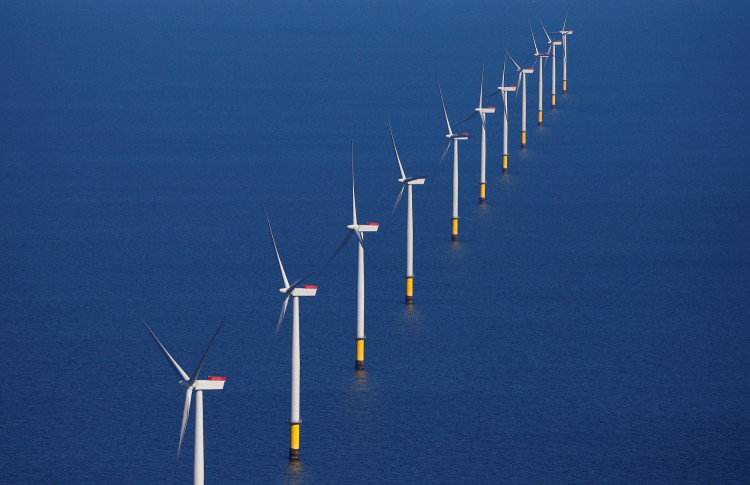U.S. President Joe Biden wants to increase output at the country's offshore wind farms over the next decade. Biden administration officials say the U.S. goal is at least 30 gigawatts of electricity from offshore farms by 2030.
The U.S. will implement supporting measures including the enhancement of port infrastructure to speed construction, funding wind farm environmental-effect studies and loans for turbine operators.
Apart from the environmental benefits the plan might generate tens of thousands of new jobs over the next decade.
Previous administrations have made similar promises but the transition to offshore wind farms - or at least a partial reliance on them - hasn't been achieved. The U.S. has seven active turbines only. In comparison, Europe has about 2,294 connected to its power grid as of the end of 2020.
"Considering the program was established by Congress almost 16 years ago and there are only 12 megawatts installed in federal waters, going from essentially zero to 30 gigawatts is ambitious," researchers at the University of Delaware said.
The same researchers said Biden's plan is realistic. Success will require political will, they said.
The previous administration presided over a record-breaking offshore wind auction and a bill was introduced that set a goal of adding up to 25 gigawatts of offshore wind capacity by 2030.
Several northeastern states have set their own offshore wind energy generation targets. Seven states from Maryland to Massachusetts have set individual targets to getting up to 30 gigawatts of power from offshore turbines by 2035. So far, Rhode Island only has installed an offshore turbine.
"The basic pieces are in place for the offshore energy transition - the regulatory regime since 2009 and the Bureau of Ocean Energy Management has leased the biggest share of ocean area necessary for 30 gigawatts, and supportive states," researchers said.





